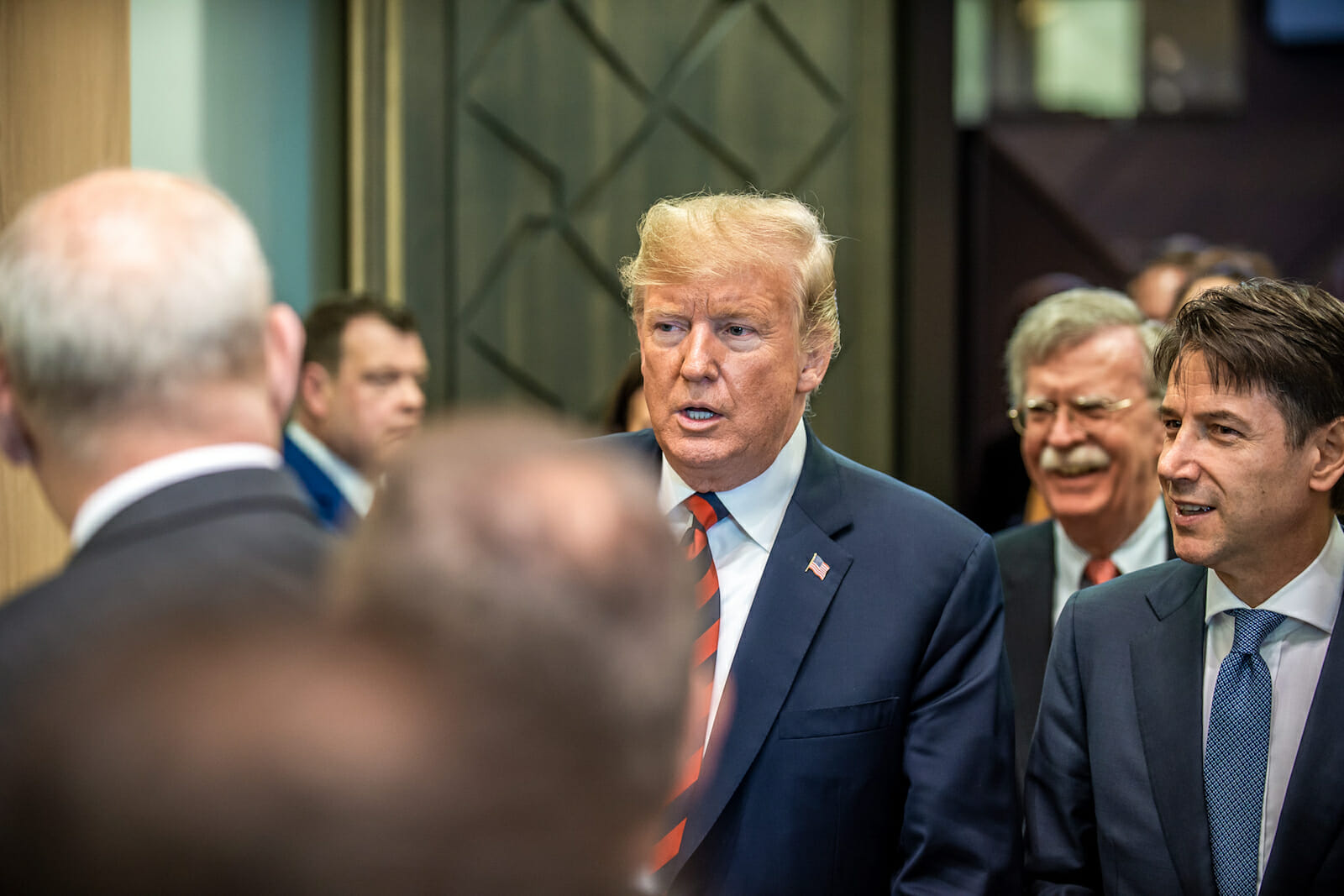
For Now, Trump Expected to Sign Trade Deal With China
In 2018, President Donald Trump passed a new set of tariffs on certain Chinese goods, kicking off a trade war between China and the U.S. that has had significant impacts on the American economy.
Now, a little less than two years later, Trump has announced a new deal between the two countries that might signal an end to the trade war.
Here is the deal that will be struck between China and the U.S. — and how it may impact American industry and business.
What the New Trade Deal Looks Like
Described by the president as “very large and comprehensive,” the full text of the trade deal hasn’t been made public yet. However, there are a few provisions both sides have confirmed that should be in the final version of the agreement.
The trade deal will include increased purchases of U.S. farm goods by China in exchange for a lowering of the current tariffs and the reversal of a set of tariffs on Chinese consumer goods passed in 2018.
The deal is also expected to include a chapter on intellectual property that will address “longstanding concerns in the areas of trade secrets,” pharmaceutical-related IP, counterfeiting and piracy.
Trump announced in a tweet that the signing of phase one of the deal will take place on Jan. 15, but Chinese officials have not confirmed the date so far.
How the Deal May Impact American Business
The biggest winners of the new deal are likely to be Midwestern farmers, who have been among the most impacted by the trade war.
Last year, a combination of extreme weather and a smaller available market — partially the result of the trade war — resulted in one of the worst years in recent history for farmers growing soybeans and corn. The farm bankruptcies that came as a result were enough to inspire a $28 billion bailout for the sector toward the middle of 2019.
Increased purchases of American crops would likely be a welcome relief for farmers — if the provisions arranging for increased purchases of U.S. farm goods remain in the final version of the deal.
American business leaders, however, may be left disappointed. Earlier discussion of the trade deal suggested that Trump was looking for a complete refashioning of the close Chinese relationship between its government and national businesses. None of the currently announced provisions seem to tackle the issue.
American business leaders have previously said that preferential treatment and subsidies from Beijing to Chinese companies gave them an advantage in the international market. In the past, these leaders have pressured Trump to call for distance between the Chinese government and Chinese business. If the rest of the trade deal is similar to this first phase, however, it’s unlikely that their wishes will be fulfilled.
The deal may also ultimately signal an end to the trade war and the lifting of current tariffs. However, the announced deal is only the first phase, and there’s no real way of knowing where negotiations will go from here.
What the New Trade Deal Means for America
If the current date holds, the trade deal will be signed by the middle of January. If it eventually results in the lifting of American tariffs, it could bring about a return to normal — the end of the trade war without much changed on either side.
In any case, the biggest beneficiaries of the deal are likely to be American farmers, especially those growing crops like corn and soybeans. In contrast, American business leaders may be disappointed by what they get.

